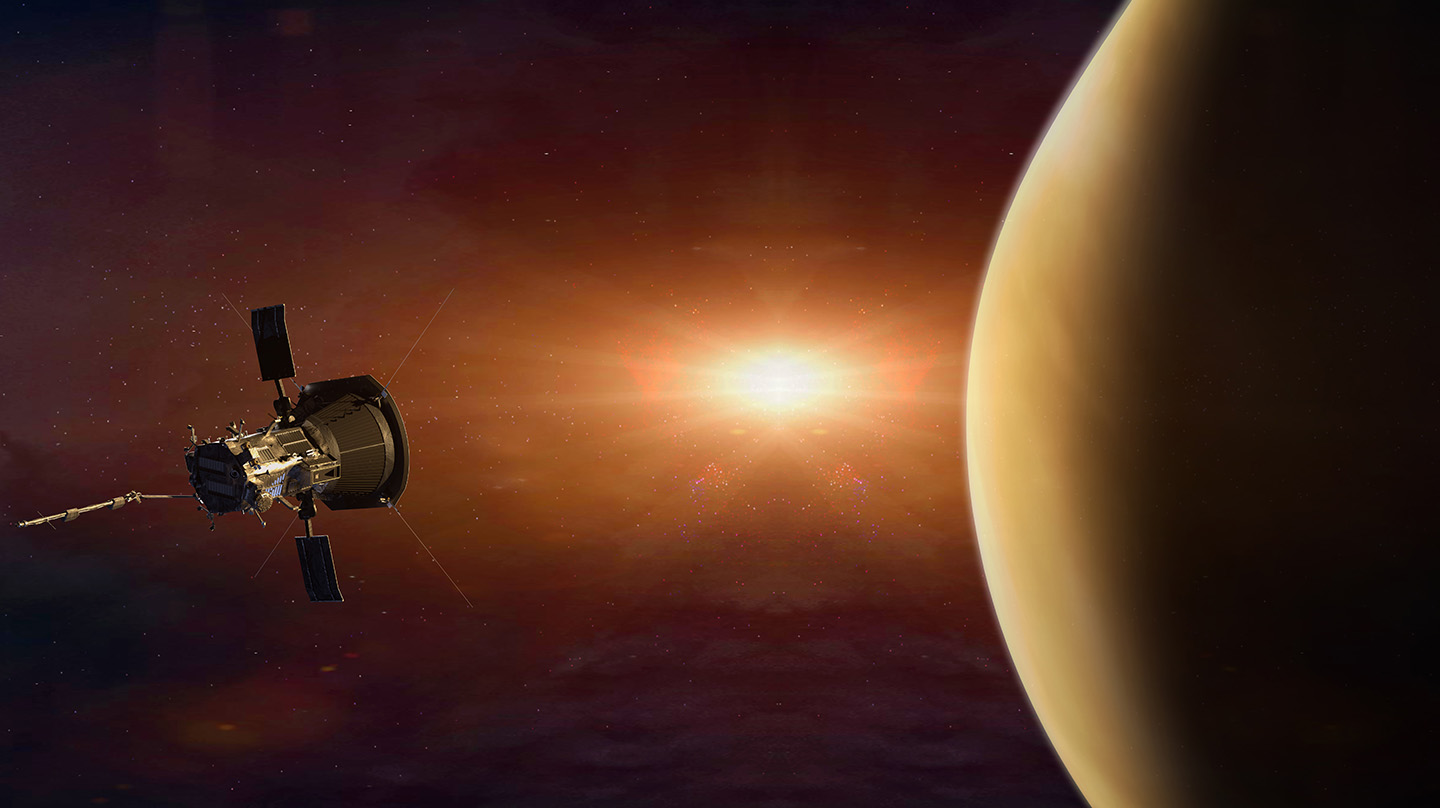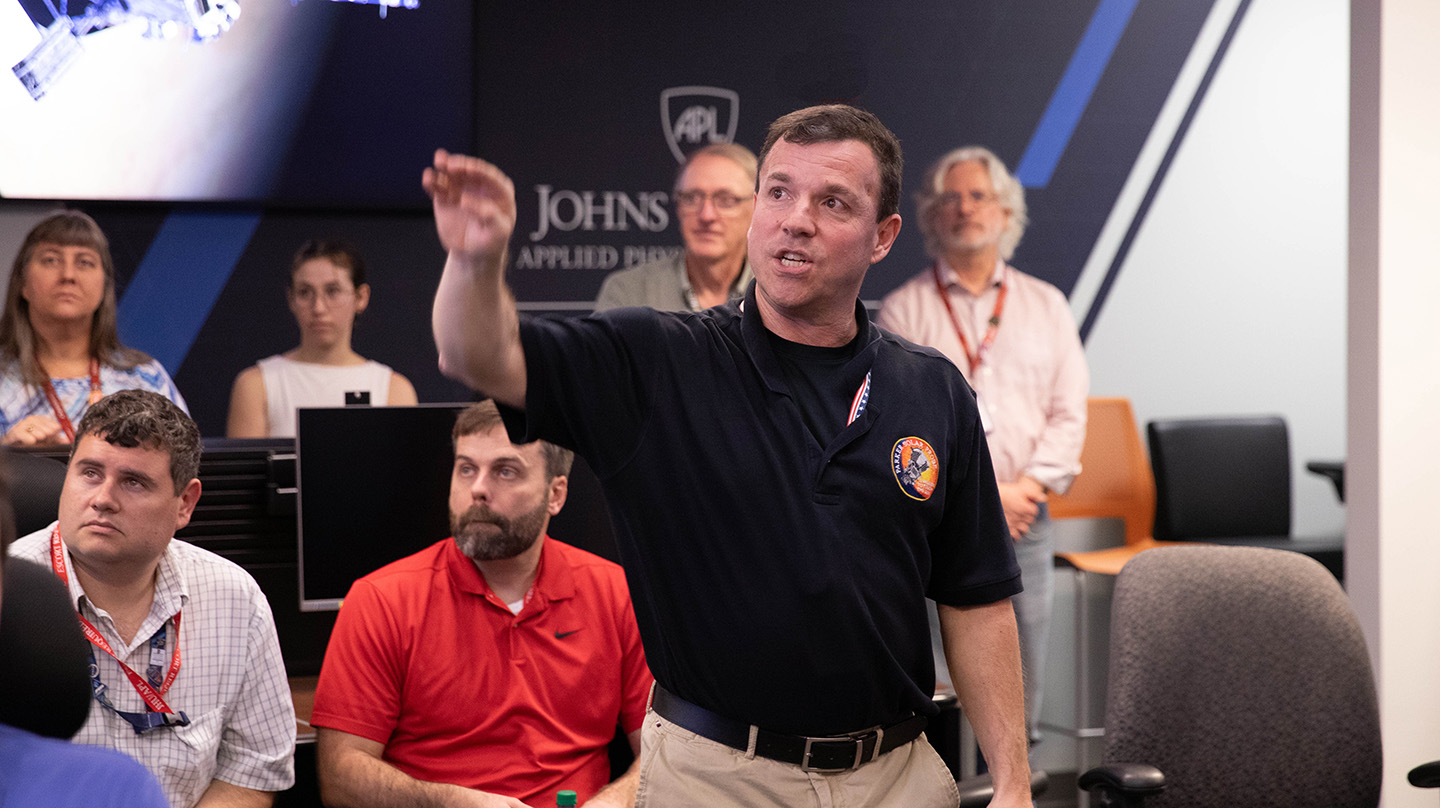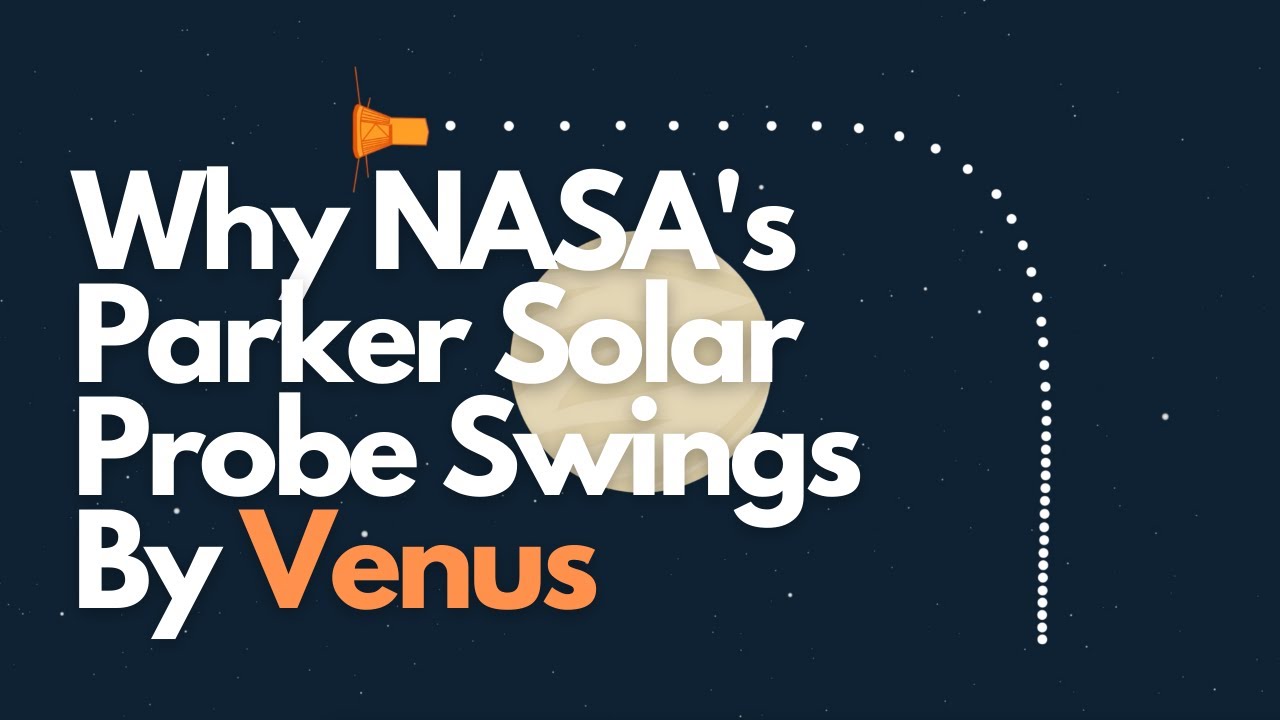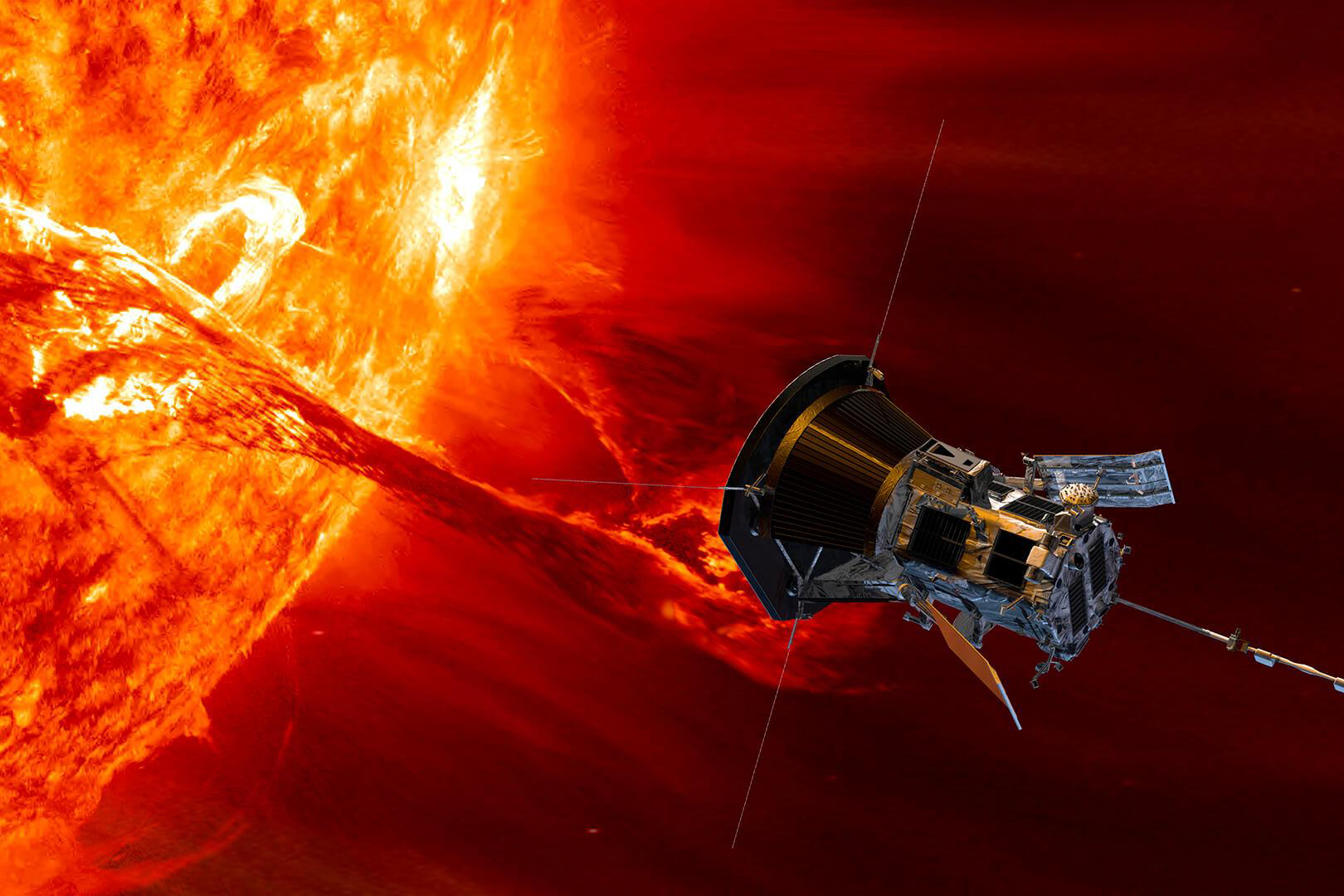News
NASA’s Sun-Bound Parker Solar Probe Swings Through Final Venus Flyby
Gravity-Assist Maneuver Sets Up Record Close Approach to Our Star
On Nov. 6, NASA’s Parker Solar Probe completed its seventh and final Venus gravity-assist maneuver, passing within 240 miles (about 387 kilometers) of Venus’ surface. The flyby adjusted Parker’s trajectory into the final orbital configuration of its primary mission, bringing the spacecraft to within an unprecedented 3.8 million miles of the solar surface on Dec. 24, 2024.
Monitoring the maneuver through NASA’s Deep Space Network, the mission operations team at the Johns Hopkins Applied Physics Laboratory (APL) in Laurel, Maryland — where Parker Solar Probe was designed and built — confirmed Parker was operating normally as it reached closest approach to Venus at 1:43 p.m. EST, flew precisely through its planned “aim point” and then began its swing in toward the Sun.
“We’re reaching the crescendo of Parker’s incredible voyage through the inner solar system,” said Yanping Guo, Parker Solar Probe mission design and navigation manager in APL’s Space Exploration Sector. “More than six years after launch, this incredible spacecraft continues to exceed all expectations, and we can’t wait to see what Parker uncovers on its closest approaches to the Sun.”
Parker is now on course to reach the final objective of a historic mission conceived over 65 years ago: flying within 3.8 million miles (around 6.1 million kilometers) of the surface of the Sun. No human-made object has ever passed this close to a star, so Parker will be returning data from uncharted territory. As Parker passes through the Sun’s atmosphere, it will cut through plumes of plasma still connected to the Sun. It will be close enough to pass inside a solar eruption, like a surfer diving under a crashing ocean wave.
“This is the vision generations of scientists have dreamed of realizing since 1958,” said Nour Rawafi, the Parker Solar Probe project scientist at APL.
During its Christmas Eve closest approach, or perihelion, mission control will be out of contact with the spacecraft, although Parker will transmit beacon tones on Dec. 21 and Dec. 27 to confirm its health. The spacecraft will remain in this orbit for the remainder of its primary mission, completing two more perihelia at about the same distance and speed — a record 430,000 miles (692,018 kilometers) per hour — in March and June 2025. After that, the team will decide whether to keep the spacecraft in that orbit or reposition it.





